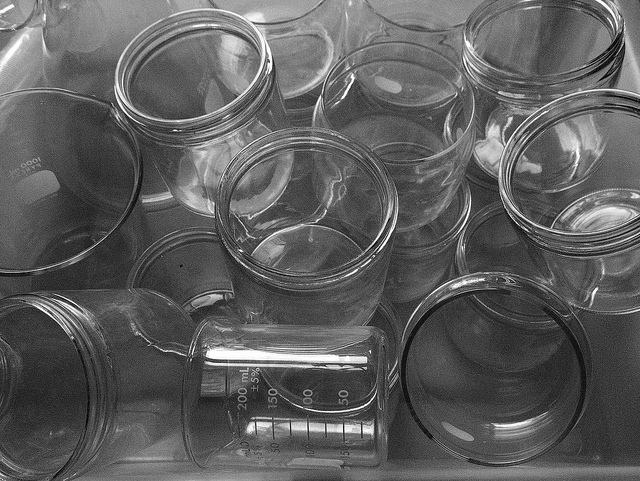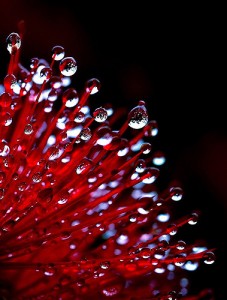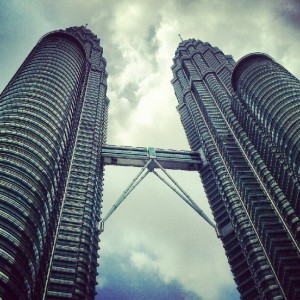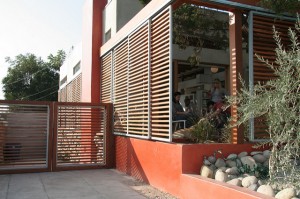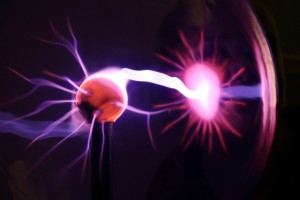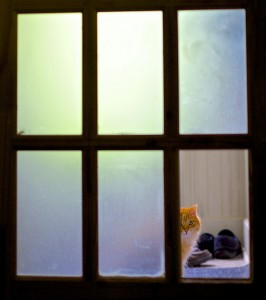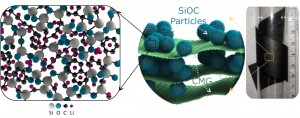European Group Calls Glass a Permanent Material
The European Commission’s ITRE Committee has agreed with the results of a study conducted by the European Container Glass Federation, which determined that glass is a “permanent material.” The designation is important because it means that container glass is a primary raw material for new glass. The goal of the Commission is to identify materials that can be recycled effectively and repeatedly, in order to reduce the amount of new or raw materials that are extracted from the land.
Glass is particularly interesting as a recycled material because cullet (pulverized glass) reduces the amount of energy needed to reform the glass into new containers. This also meets another of the Commission’s goals – reducing the amount of energy used in material manufacturing in Europe.
The designation is currently dependent upon the development of effective glass recycling programs in all European Union countries. According to the study, about three-quarters of all container glass in Europe is recycled, but the actual percentage varies from country to country. The flip side of that is the 25% of container glass that makes its way into landfills in Europe. The Commission would like to find ways to more effectively recycle, and reduce the amount of container glass that gets thrown away.
The study is part of the recently adopted “Circular Economy Package” by European Union countries. The aim of the Circular Economy Package is to promote more recycling, to set recycling and landfill targets, and to incentivize the use of recycled materials among EU member nations.
While the study itself applies to container glass, the goal of recycling and reuse of glass increases the long-term likelihood that glass will play a more important role in material use in Europe. Glass is both a decorating and working surface, and will be used more extensively in EU countries as a way to meet “Circular Economy” targets.
Glassprimer™ glass paint is specially formulated to bond permanently to glass surfaces. The paint works on all types of glass, and will not chip, fade or peel once the paint has cured. Curing takes place within 72 hours of application, and can be used on both interior and exterior applications. In addition, Glassprimer™ glass paint offers exceptional UV resistance, even when exposed to direct sunlight.
If you’d like more information about Glassprimer™ glass paint, please visit the rest of our site. If you’d like to purchase Glassprimer™ glass paint, please visit our online store .
Photo Credit: Michael Rosenstein , via Flickr.com

